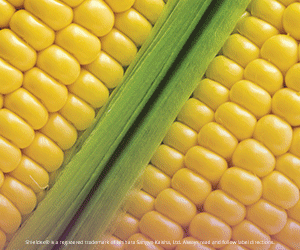Solutions to the challenges facing the global food system
RECENT REPORT TACKLES THE FUTURE OF FOOD AND FARMING
Read a more in-depth article on The Future of Food and Farming from the December issue of the Ontario Grain Farmer.
The Global Food and Farming Futures Report, undertaken by the UK government’s Foresight program and published earlier this year, explores the pressures on the global food system between now and 2050 and identifies the decisions that policymakers need to make today, and in the years ahead, to ensure that a global population rising to nine billion or more can be fed sustainably and equitably.
The report identifies five challenges facing the global food system:
- Balancing future demand and supply sustainably;
- Addressing the threat of future volatility in the food system;
- Ending hunger;
- Meeting the challenges of a low emissions world;
- Maintaining the biodiversity and ecosystem services while feeding the world.
To address these challenges the report highlighted several solutions:
- Improving productivity sustainably using existing knowledge, technology and best practices;
- Investing in new science and innovation to raise the limits of sustainable production and address new threats;
- Containing the demand for the most resource-intensive types of food;
- Reducing waste in all areas of the food system in both high and low income countries;
- Improving the political and economic governance of the food system;
- Making sustainable food production central in development;
- Ensuring long-term sustainability of fish stocks;
- Including the environment in food system economics;
- Anticipating major issues with water availability for food production;
- Working to change consumption patterns;
- Providing incentives to the agricultural sector to address issues such as malnutrition and gender inequalities;
- Reducing subsidies and trade barriers that disadvantage low-income countries;
- Fostering leadership in hunger reduction in high, middle and low income countries.







